Constipation Overview and Bulk-Forming Laxatives
Constipation is defined as the passage of hard stools less frequently than normal, leading to misconceptions and potential laxative abuse. Bulk-forming laxatives, such as seeds of Plantago ovata and isphagula husk, can be beneficial in managing constipation by increasing dietary fiber intake. Proper counseling on fiber sources like wheat bran and methylcellulose is essential for effective treatment.
Download Presentation

Please find below an Image/Link to download the presentation.
The content on the website is provided AS IS for your information and personal use only. It may not be sold, licensed, or shared on other websites without obtaining consent from the author.If you encounter any issues during the download, it is possible that the publisher has removed the file from their server.
You are allowed to download the files provided on this website for personal or commercial use, subject to the condition that they are used lawfully. All files are the property of their respective owners.
The content on the website is provided AS IS for your information and personal use only. It may not be sold, licensed, or shared on other websites without obtaining consent from the author.
E N D
Presentation Transcript
First Course Labs Clinical pharmacy Department Diarrhea & Constipation Prepared by : Assistant lecturer Lubab Tarik Nafea MSc in Clinical Pharmacy
Constipation; Overview Definition / is the passage of hard stools less frequently than the patient s own normal pattern and this can be explained to the patient. Before prescribing laxatives it is important to be sure that the patient is constipated and that the constipation is not secondary to an underlying undiagnosed complaint; Who BY? understand that bowel habit can vary considerably in frequency without doing harm. Some people tend to consider themselves constipated if they do not have a bowel movement each day. Misconceptions about bowel habits have led to excessive laxative use. Abuse may lead to hypokalaemia. Thus, laxatives should generally be avoided except where:- 1/ straining will exacerbate a condition (such as angina) or increase the risk of rectal bleeding as in haemorrhoids and in prevention of opioid- induced constipation in palliative care 2/ Laxatives are also of value in drug-induced constipation, for the expulsion of parasites after anthelmintic treatment, 3/and to clear the alimentary tract before surgery and radiological procedures. 4/ Prolonged treatment of constipation is sometimes necessary (e.g./in the treatment of IBS).
Bulk Forming Laxative
Overview Bulk-forming laxatives are/ of value if the diet is deficient in fibre and are of particular value in those with small hard stools, but should not be required unless fibre cannot be increased in the diet with a balanced diet, including adequate fluid intake ( fibre is of value in preventing constipation). Bulk-forming laxatives can be used in the management of patients with colostomy, ileostomy, haemorrhoids, anal fissure, diarrhoea associated with diverticular disease, irritable bowel syndrome, and as adjuncts in ulcerative colitis(Adequate fluid intake must be maintained to avoid intestinal obstruction). Patients counselling: Unprocessed wheat bran, taken with food or fruit juice, is a most effective bulk-forming preparation. Finely ground bran, though more palatable, has poorer water-retaining properties, but can be taken as bran bread or biscuits in appropriately increased quantities. Oat bran is also used. Methylcellulose (is paghula husk, and sterculia ) are useful in patients who cannot tolerate bran. Methylcellulose also acts as a faecal softener chronic
Seeds of Plantago ovata 52.0 g Isphagula husk 2.2 g Tinnevelly Senna pods 12.4 g
Overview Stimulant picosulfate, senna, co-danthramer and co-danthrusate. The indications for co-danthramer and co-danthrusate are limited by its potential carcinogenicity (based on rodent carcinogenicity studies) and evidence of genotoxicity. Powerful stimulants castor oil are obsolete. Docusate sodium probably acts both as a stimulant and as a softening agent. Glycerol suppositories act as a lubricant and as a rectal stimulant by virtue of the mildly irritant action of glycerol. 1/Stimulant laxatives increase intestinal motility and often cause abdominal cramp; they should be avoided in intestinal obstruction. 2/ Excessive use of stimulant laxatives can cause diarrhoea and related effects such as hypokalaemia. laxatives include/ bisacodyl, sodium
Overview Osmotic laxatives increase the amount of water in the large bowel, either by drawing fluid from the body into the bowel or by retaining the fluid they were administered with. Lactulose is a semi-synthetic disaccharide which is not absorbed from the gastro-intestinal tract. It produces an osmotic diarrhoea of low faecal pH, and discourages the proliferation of ammonia-producing organisms. It is therefore useful in the treatment of hepatic encephalopathy. Macrogolsare inert polymers of ethylene glycol which sequester fluid in the bowel; giving fluid with macrogols may reduce the dehydrating effect sometimes seen with osmotic laxatives. Saline purgatives such as magnesium hydroxide are commonly abused but are satisfactory for occasional use; adequate fluid intake should be maintained. Magnesium salts, such as magnesium sulfate are useful where rapid bowel evacuation is required. Sodium salts should be avoided as they may give rise to sodium and water retention in susceptible individuals. Phosphate enemas are useful in bowel clearance before radiology, endoscopy, and surgery.
Macrogol 3350 Sodium chloride Sodium bicarbonate Potassium chloride
Pregnancy If dietary and lifestyle changes fail to control constipation in pregnancy, moderate doses of poorly absorbed laxatives may be used. A bulk-forming laxative should be tried first. An osmotic laxative, such as lactulose, can also be used. Bisacodyl or senna may be suitable, if a stimulant effect is necessary. Chronic constipation /For constipation, it may be necessary to exceed the licensed doses of some laxatives. Parents and carers of children should be advised to adjust the dose of laxative in order to establish a regular pattern of bowel movements in which stools are soft, well-formed, and passed without discomfort. Laxatives should be administered at a time that produces an effect that is likely to fit in with the child s toilet routine. children with chronic
Diarrhoea/Acute diarrhoea Management of acute diarrhoea; why it is important? The priority in acute diarrhoea, as in gastro-enteritis, is the prevention or reversal of fluid and electrolyte depletion. This is particularly important in infants and in frail and elderly patients. Oral rehydration preparations are used in the prevention or reversal of fluid and electrolyte depletion. Severe depletion of fluid and electrolytes requires immediate admission to hospital and urgent replacement. Antimotility drugs Antimotility drugs relieve symptoms of acute diarrhoea by binding to opioid receptors in the gastrointestinal tract and thereby prolonging the duration of intestinal transit(not recommended for acute diarrhoea in young children).e.g. Loperamide hydrochloride
Antispasmodics Antispasmodics are occasionally of value in treating abdominal cramp associated with diarrhoea but they should not be used for primary treatment. Antispasmodics and anti-emetics should be avoided in young children with gastro-enteritis because they are rarely effective and have trouble some side-effects. Antibacterial drugs Antibacterial drugs are generally unnecessary in simple gastro-enteritis because the complaint usually resolves quickly without them, and infective diarrhoeas in the UK often have a viral cause. Systemic bacterial infection appropriate systemic treatment. occasionally used for prophylaxis against travellers diarrhoea, but routine use is not recommended. does, however, Ciprofloxacin need is
Oral rehydration therapy (ORT) Intestinal absorption of sodium and water is enhanced by glucose (and other carbohydrates). Replacement of fluid and electrolytes lost through diarrhoea can therefore be achieved by giving solutions containing sodium, potassium, and glucose or another carbohydrate such as rice starch. This formulation is recommended by the WHO and the United Nations Children s fund. Oral rehydration solutions used in the UK are lower in sodium than the WHO formulation since, patients suffer less severe sodium loss. Rehydration should be rapid over 3to 4hours (except in hyper-natraemic dehydration in which case rehydration should occur more slowly over12hours). The patient should be reassessed after initial rehydration and if still dehydrated rapid fluid replacement should continue. Once rehydration is complete further dehydration is prevented by encouraging the patient to drink normal volumes of an appropriate fluid and by replacing continuing losses with an oral rehydration solution; in infants, breast-feeding or formula feeds should be offered between oral rehydration drinks. 1. ORTs should Enhance the absorption of water and electrolytes thus it replace the electrolyte deficit adequately safely contain an alkalinising agent to counter acidosis slightly hypo-osmolar ,to prevent the possible induction of osmotic diarrhoea be simple, readily available and acceptable( especially to children) to use in hospital and at home 2. 3. 4.
ANTIPROPULSIVES Loperamide hydrochloride is used due to its action on opioid receptors in the gastrointestinal tract and because it does not readily cross the blood- brain barrier. UNLICENSED USE /Capsules not licensed for use in children under8years. In adults Use for faecal incontinence is an unlicensed indication. can also be used for faecal incontinence [unlicensed indication] after the underlying cause of incontinence has been addressed. PATIENT AND CARER ADVICE/ Medicines for Children leaflet: Loperamide for diarrhoea EXCEPTIONS TO LEGAL CATEGORY 1. It can be sold to the public, provided it is licensed and labelled for the treatment of acute diarrhoea associated with irritable bowel syndrome (after initial diagnosis by a doctor) in adults over18 years of age. 2. It can be sold to the public, for use in adults and children over 12years, provided it is licensed and labelled for the treatment of acute diarrhoea.
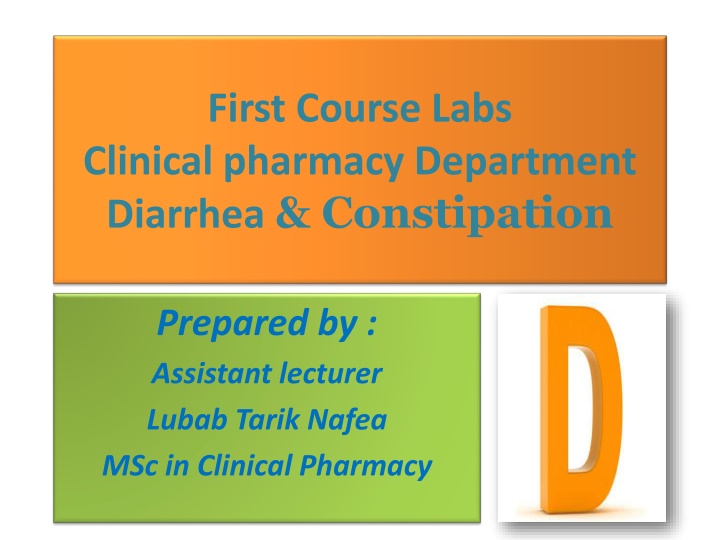

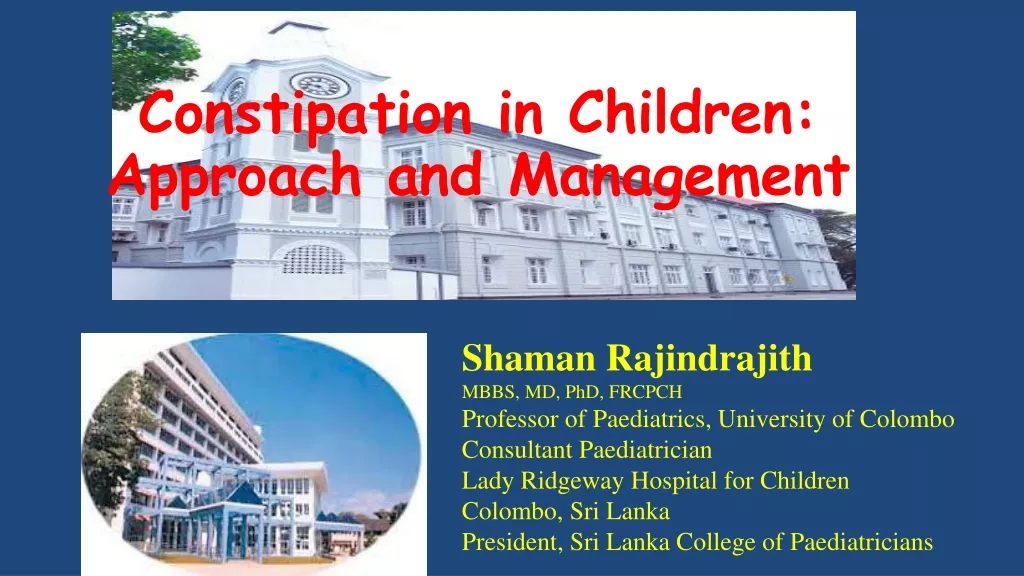
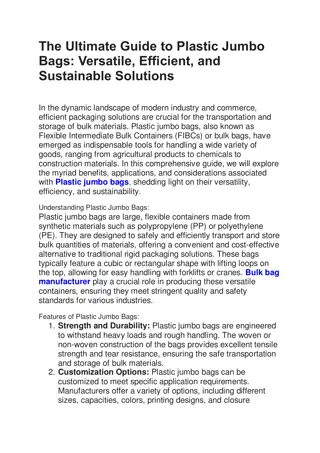


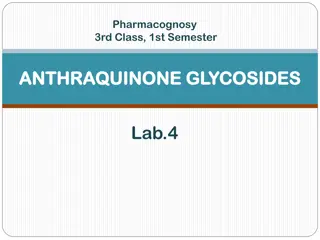



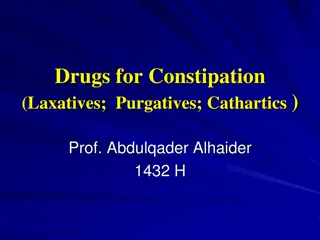

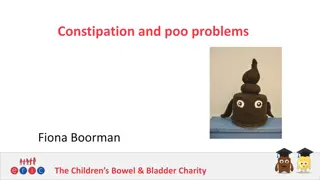
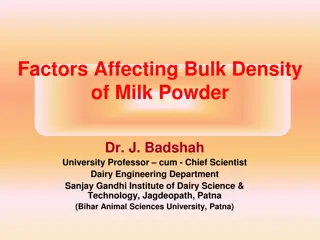
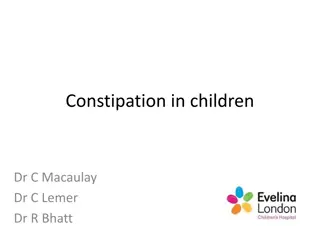


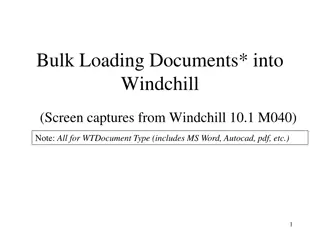
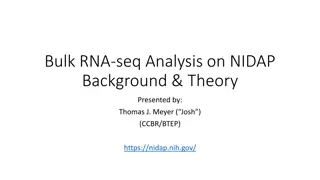


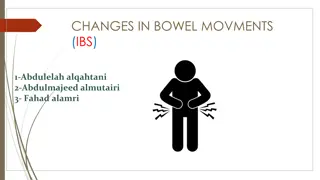
![Bulk SMS Providers in Australia [August 2024 Price Comparison]](/thumb/245322/bulk-sms-providers-in-australia-august-2024-price-comparison.jpg)
![Bulk SMS Providers in Australia [August 2024 Price Comparison]](/thumb/245325/bulk-sms-providers-in-australia-august-2024-price-comparison-245325.jpg)